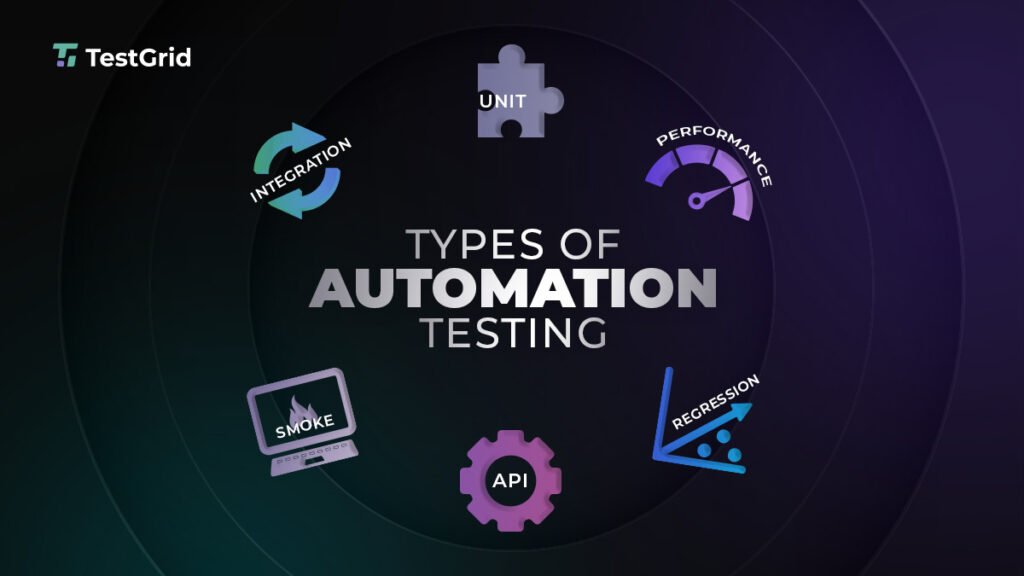We all have our favorites—whether it’s a coffee shop, a keyboard shortcut, or a go-to software tool that just feels right. In the world of QA, many testers and developers swear by their preferred automation testing tools. Maybe it’s Selenium, Cypress, Playwright, or a low-code platform that simplifies script building.
But here’s a tough question:
Is your favorite tool actually helping you move faster and build better software—or is it quietly limiting your progress?
Let’s take a deeper look into how our most trusted testing tools, despite their strengths, can sometimes become a silent bottleneck.
The Comfort Trap: When Familiarity Becomes a Limitation
We humans love familiarity. If a tool has worked for you in the past—if it fits nicely into your workflow—it becomes your default choice. That’s not a bad thing… until it is.
Sticking to one tool too rigidly can cause you to:
-
Ignore newer or better-suited alternatives
-
Force-fit testing strategies around tool limitations
-
Miss opportunities to improve speed, coverage, or collaboration
Many teams fall into this trap without even realizing it. Their tool of choice is part of every sprint, every pipeline, every build. Changing it feels like breaking something that already “works.”
But just because something works doesn’t mean it’s optimal.
5 Signs Your Tool Is Holding You Back
Let’s explore the subtle red flags that indicate your favorite automation testing tool might be more of a roadblock than a solution.
1. You’re Spending More Time Fixing Tests Than Writing Them
If test scripts are constantly breaking due to small UI or API changes, you may have a tool that’s too brittle. Tools that lack intelligent element handling or self-healing capabilities can create a maintenance nightmare.
This becomes especially painful in fast-paced development cycles where code changes frequently. When you’re debugging test failures more than testing new features, that’s a problem.
2. Your Coverage Is Shallow
Your tool might be great for UI testing—but what about API testing? What about performance, accessibility, or mobile responsiveness?
Relying on a single type of tool might leave massive gaps in your test coverage. A well-rounded QA strategy includes a mix of:
-
Unit tests
-
UI/functional automation
-
Backend/API testing tools
-
Manual exploratory sessions
If your current tool only does one thing well, and you’re avoiding other types of testing because of it, it might be time to diversify.
3. It Doesn’t Fit Into Modern DevOps Workflows
Modern development teams rely on tight CI/CD pipelines, real-time feedback, and seamless integration across tools. If your automation framework struggles to plug into these workflows, you’re likely losing time and momentum.
For example:
-
Can your tool run headless in CI environments?
-
Does it support parallel execution?
-
Can it integrate with Slack, GitHub, or Jira for fast feedback?
If the answer is no, you might be using a tool that belongs in yesterday’s QA strategy.
4. It’s Not Scaling with Your Team
As your application grows in complexity, your tests should evolve too. If your tool makes it hard to manage large test suites, reuse components, or onboard new testers, it can stifle growth.
Worse, it can create knowledge silos—where only one or two team members really understand the tool. That’s risky.
Modern platforms like Letest AI address this by offering collaborative, AI-augmented environments where tests are easy to manage, share, and scale.
5. You’re Choosing the Tool Over the Right Strategy
This one’s subtle but serious. If you find yourself saying “we can’t test that because our tool doesn’t support it,” then your tool is driving your test strategy—not the other way around.
Great tools support your vision; they don’t dictate it.
How to Break Free (Without Starting Over)
You don’t need to throw your tool out the window—especially if it still offers real value. Instead, ask yourself:
-
What are its limitations?
-
What types of bugs or feedback are slipping through the cracks?
-
Is there a lightweight way to complement it with another tool?
For instance:
-
Use API testing tools like Postman or Rest Assured alongside your UI tool.
-
Add exploratory manual testing for new or unstable features.
-
Automate your test orchestration with CI plugins instead of relying on local runs.
The key is to let your test goals define your tools, not the other way around.
What Great QA Teams Do Differently
Elite teams constantly evaluate the effectiveness of their tools. They:
-
Audit their test suite regularly
-
Use metrics like time-to-feedback, test flakiness, and test coverage to guide decisions
-
Introduce new tools experimentally, without disrupting the whole pipeline
-
Document and share learnings to build institutional knowledge
They also choose platforms that are adaptable, collaborative, and future-ready—like the ones offered by Letest AI—rather than sticking with outdated or one-dimensional solutions.
Final Thoughts: Tools Should Empower, Not Limit
Your favorite automation tool may have helped you ship faster, scale smoother, and catch more bugs. That’s great. But that doesn’t mean it’s the only or best tool for what’s ahead.
In fact, blind loyalty to a single tool can quietly cap your growth and hold your product back from reaching its full potential.
Ask yourself:
Is this tool serving your future—or just your past?
Be honest. Be curious. And be willing to adapt. Because in software testing, like in software itself, the ability to evolve is the ultimate advantage.










































